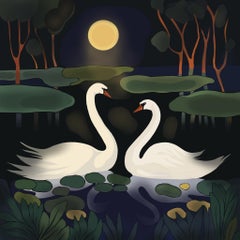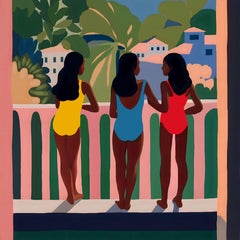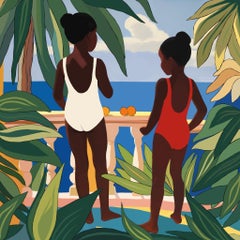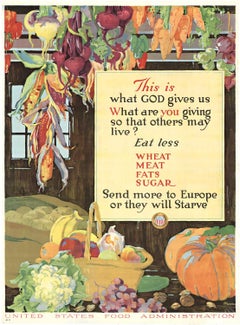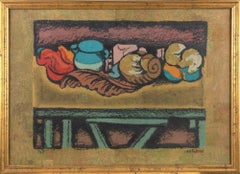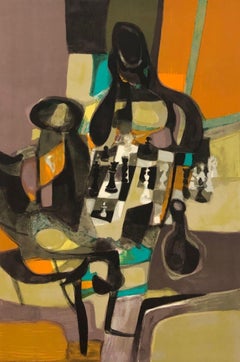Medium Still-life Prints
2010s Pop Art More Art
Canvas, Color
2010s Pop Art More Art
Canvas, Color
2010s Pop Art More Art
Canvas, Color
1910s American Realist Still-life Prints
Lithograph
Mid-20th Century Modern Figurative Prints
Woodcut
Late 20th Century Abstract Prints
Lithograph
1990s Contemporary More Prints
Intaglio
2010s Contemporary Animal Prints
Paper, Woodcut
1990s Contemporary Still-life Prints
Ink, Laid Paper
1980s Contemporary Still-life Prints
Lithograph
21st Century and Contemporary Abstract Still-life Prints
Archival Pigment
1960s Modern Still-life Prints
Screen
2010s Pop Art More Art
Canvas, Color
2010s Pop Art More Art
Canvas, Color
Early 2000s American Modern Still-life Prints
Screen
1980s Pop Art Figurative Prints
Screen
1970s Photorealist Still-life Prints
Screen
2010s Art Nouveau Still-life Prints
C Print, Archival Paper, Giclée
1980s Contemporary Still-life Prints
Lithograph
1960s Modern Landscape Prints
Lithograph
2010s Contemporary Still-life Prints
Screen
1990s Contemporary Still-life Prints
Paper, Screen
1960s Modern Still-life Prints
Lithograph
2010s Contemporary Still-life Prints
Screen
21st Century and Contemporary Contemporary Animal Prints
Screen
2010s Contemporary Still-life Photography
Archival Paper, Paper, Rag Paper, Monotype, Photogram
1960s Modern Landscape Prints
Lithograph
Late 20th Century Modern Still-life Prints
Lithograph
2010s Pop Art More Art
Canvas, Color
2010s Pop Art More Art
Canvas, Color
2010s Pop Art More Art
Canvas, Color
Early 19th Century Naturalistic Still-life Prints
Engraving, Aquatint
1950s Modern Still-life Prints
Lithograph
1970s Surrealist Still-life Prints
Lithograph
1970s Realist Figurative Prints
Screen, Pencil, Graphite
1980s Contemporary Still-life Prints
Lithograph
2010s Pop Art More Art
Canvas, Color
20th Century Pop Art Still-life Prints
Linen, Offset
1980s Contemporary Still-life Prints
Etching
1810s Naturalistic Still-life Prints
Engraving, Handmade Paper, Aquatint
2010s Pop Art More Art
Canvas, Color
21st Century and Contemporary American Modern Color Photography
Archival Pigment
1980s Folk Art Still-life Prints
Lithograph
2010s Pop Art More Art
Canvas, Color
1980s Surrealist Still-life Prints
Lithograph
1980s Contemporary Still-life Prints
Lithograph
1960s Modern Still-life Prints
Lithograph
1980s Pop Art Figurative Prints
Etching, Aquatint
1960s Modern Landscape Prints
Lithograph
2010s Pop Art More Art
Canvas, Color
2010s Pop Art More Art
Canvas, Color
Mid-20th Century American Realist Still-life Prints
Lithograph
Late 20th Century Still-life Prints
Lithograph
1960s Surrealist Animal Prints
Lithograph
1980s Folk Art Still-life Prints
Lithograph
1980s Pop Art Still-life Prints
Screen
1980s Contemporary Still-life Prints
Paper, Lithograph
1970s Post-Impressionist Landscape Prints
Lithograph
1980s American Modern Still-life Prints
Paper, Ink
1790s Naturalistic Still-life Prints
Mezzotint, Aquatint, Handmade Paper, Engraving
